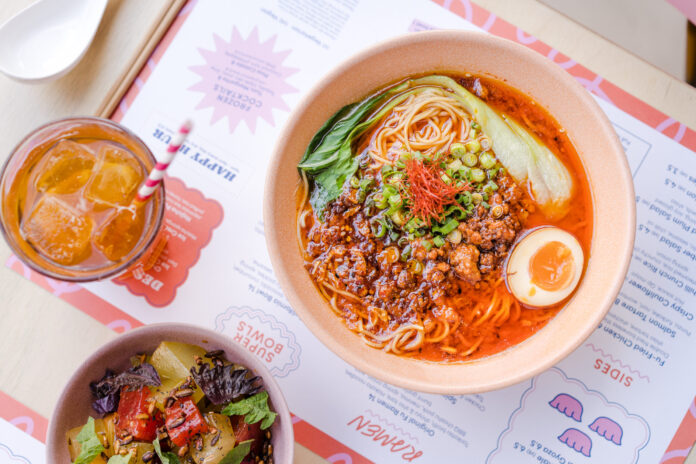As a long, looming winter begins to shift into sharper focus, spare a thought for the over-65s. Those cherished visits from family and friends and trips out which bring so much colour to the day can become less frequent during the colder months.
Though the winter months can be challenging, the elderly can still take control of their fitness, even if staying mostly indoors and out of the cold. To help improve balance and muscle mass, and fight off cardiovascular decline, here are 10 ideas for the elderly to keep fit in winter.
Gentle Stretches
According to the NHS Inform, adults aged over 65 should “do 150 minutes (2 hours and 30 minutes) of moderate intensity activity a week”.
Firstly, then, let’s look at that flexibility, which can suffer as we age and become less active. Keeping moving and nimble is so important for bone and muscle health, and the good news is that a few simple stretches each day is all it takes.
Consider participating in a yoga for the elderly class online, which will help with both flexibility and balance, in turn reducing the risk of a fall. Doing so will also encourage a sense of community and socialising, which can be beneficial during the winter months.
Alternatively, you can try a few seated yoga poses and stretches on your own time. A simple sky stretch, fingers interlocked and palms facing upwards, can relieve stress, whilst a seated shoulder squeeze – fingers are again interlocked but this time, your energy is focused on pushing down and behind your back, arms at a 45-degree angle to the floor and palms facing downwards – also helps to iron out a few kinks.
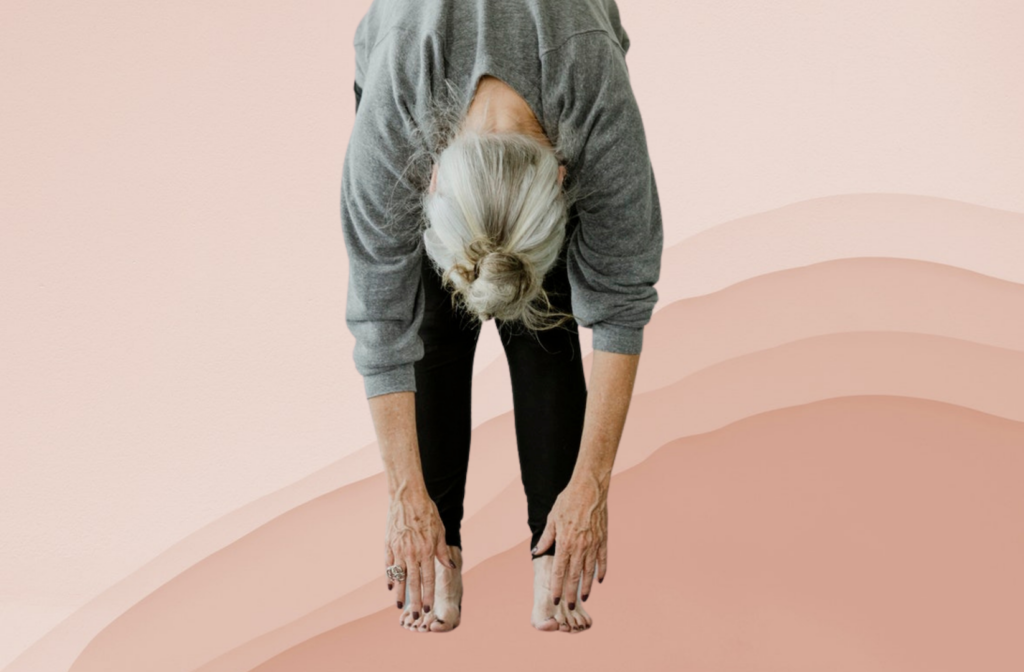
Stop The Sitting
An increasingly sedentary lifestyle is a threat to all age groups, and the elderly are certainly no exception. Indeed, the WHO declared at the start of the millennium that “physical inactivity is a leading cause of disease and disability”.
This, it seems, is particularly applicable to the elderly, with Senior Lifestyle magazine cautioning that “relevant to the older adult population is the fact that decreased hip flexibility, a problem associated with sitting disease, is one of the most common factors in falls in the elderly”.
It’s vital, then, that seniors make an effort to get up and active. Two great ways to encourage this is firstly, by setting regular reminders – via an alarm clock, by using a Smart Home Hub, or on a phone – to have a short walk around the house or even standing for a few moments, to break up the monotony of the day. And, secondly, to invest in a pedometer to keep track of just how sedentary or active your day has been.
Those who suffer from decreased mobility can still benefit from chalking up the steps. If inclined, ascending-based walking is too difficult, fear not; firstly, mobility assistance around the home isn’t perhaps as prohibitively expensive as first assumed, making your home more accessible and reducing the risk of falls and injury which will of course impede your fitness. And rest assured, walking on the spot still brings benefits, if that’s all you can manage.
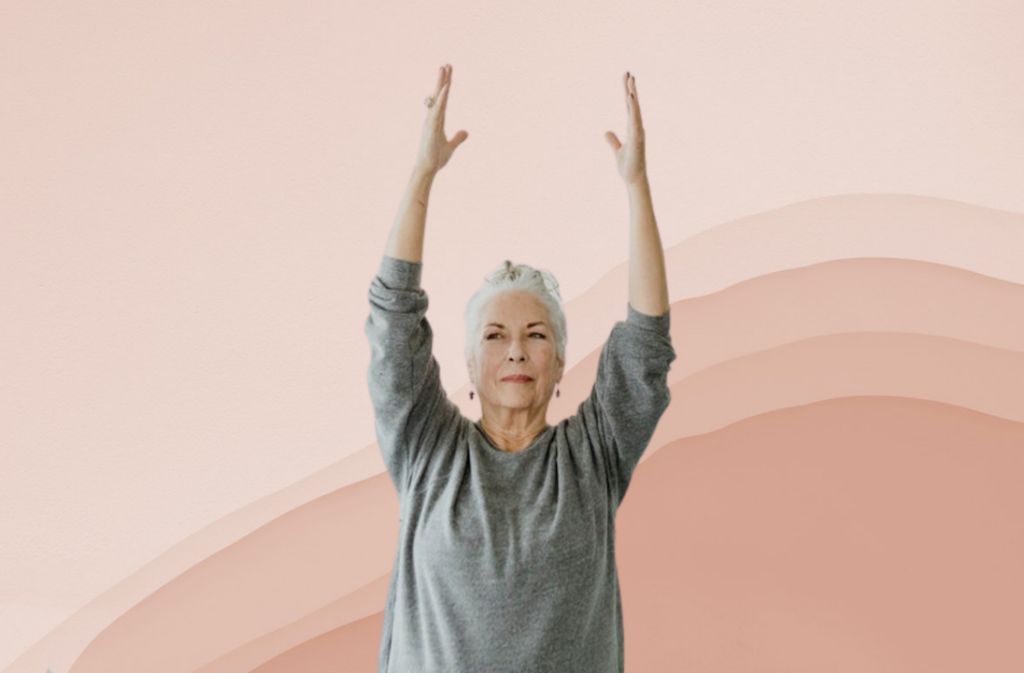
Get Into The Garden
An important part of staying fit and healthy is getting outside, and the garden provides a perfect opportunity for gentle exercise throughout the winter months.
While winter can feel like an unappealing, gloomy time to be in the garden, there’s much to be done. From clearing up leaves to deadheading and pruning summer-flowering shrubs, winter gardening can do wonders for our fitness, improving dexterity and strength, muscle mass and aerobic endurance, not to mention its mental health benefits.
Walking around the garden is another wonderful way to keep fit and get some much needed vitamin D in winter. However, walking the same path throughout the winter could really take a toll on the lawn. Consider laying a mulch or gravel path or hiring a landscape gardener to lay some paving stones. Keep accessibility in mind here, too, and make the necessary changes you need so you can get the most out of your garden this winter.
Finally, there’s also lots of hardy vegetables that you can grow in the colder seasons. Not only does a winter allotment patch in the garden keep you fit, it means you’ll eat more vegetables which will contribute to your overall fitness. Some would call that a double whammy.
The experts over at Country File have created this month by month winter gardening guide, do check it out here.
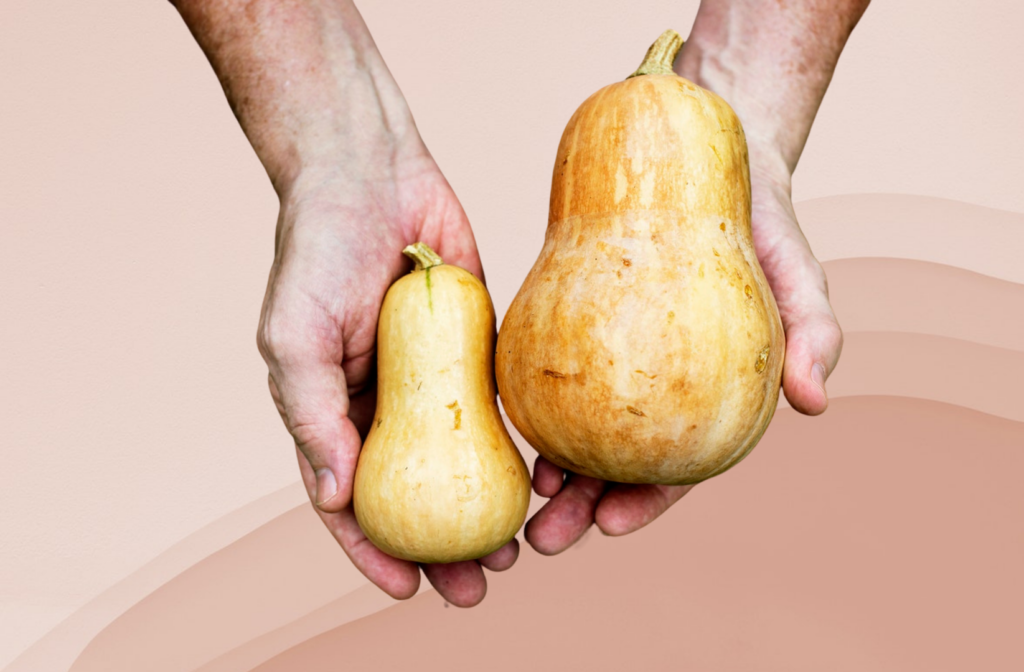
Personal Training For Seniors
For those seeking more structured guidance and motivation, working with a personal trainer who specialises in senior fitness can be transformative. A qualified personal trainer experienced in working with older adults can design bespoke exercise programmes that account for individual mobility levels, health conditions, and fitness goals.
These one-to-one sessions, whether in-person or virtual, offer the accountability and expert supervision that many seniors find invaluable. A personal trainer can ensure proper form to prevent injury, gradually increase intensity as fitness improves, and provide that crucial encouragement when motivation wanes. They can also adapt exercises on the spot based on how you’re feeling on any given day, making adjustments for energy levels or any niggles you might be experiencing.
Many trainers now offer packages specifically tailored for the elderly, incorporating elements of strength training, balance work, and cardiovascular exercise. Some are even willing to conduct sessions in your home, which is particularly appealing during the winter months when venturing out in inclement weather might feel daunting. This brings professional expertise directly to you, eliminating concerns about travel whilst still maintaining that vital human connection and expert guidance that can make all the difference to your winter fitness routine.
Whether at a local gym or in the comfort of your own home, investing in personal training can provide the structure and support needed to maintain fitness throughout the colder months.
Tai Chi
So, we’ve talked about sitting-based flexibility exercises, and also introduced the idea of having a walk around the house or garden to improve movement and motion. What if there was an exercise which combined the two? Well, Tai Chi could be the answer. This gentle, low intensity martial art is a wonderful way for seniors to keep active and dial into their mindful, meditative side.
Sometimes called ‘meditation in motion’, this ancient practice relies on a flowing motion and deep breathing which can help the elderly hugely with balance and stress relief, in turn preserving their independence for longer.
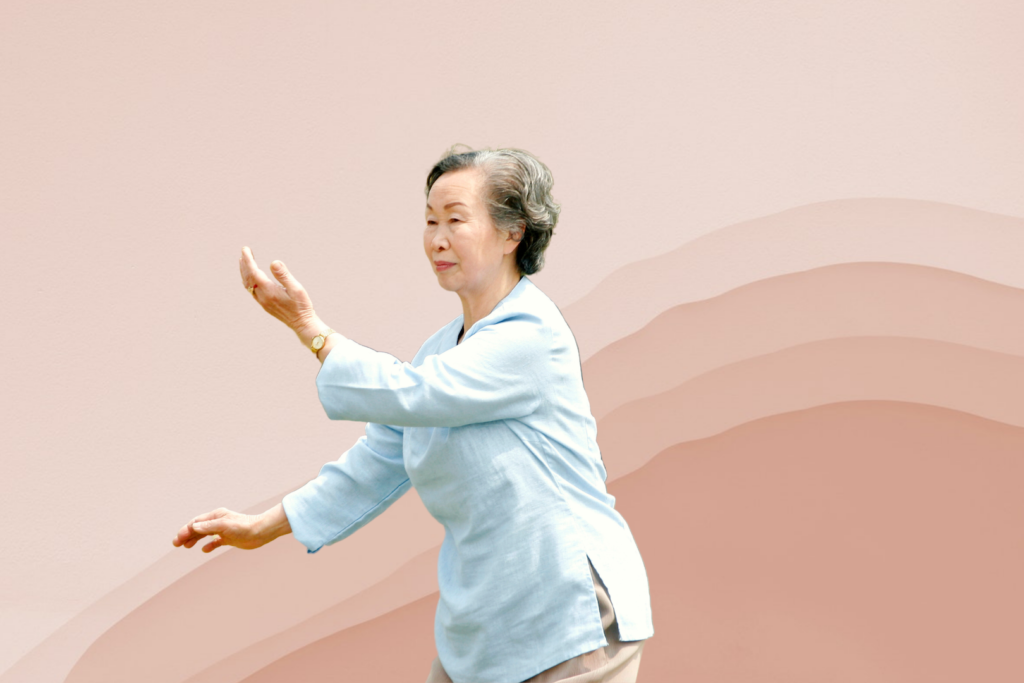
Pilates
Also focusing on the flow of movement rather than the static poses favoured by yoga practice, pilates can also bring great benefits to the over-65s. Particularly adept at strengthening balance, posture and joint issues, pilates focuses on core strength in particular, which provides a useful antidote to increased time spent sitting. Seniors living with arthritis or osteoporosis may find the practice especially helpful.
You can find some great pilates classes online, which are specifically designed for seniors. That said, it’s more sensible to have a few sessions with a teacher first, to help you understand the basic principles underscoring the discipline. What’s more, you should always discuss with your GP about any new forms of exercise you’re considering, to avoid the risk of injury.
Chair Dancing
Limited mobility need not be a barrier to staying active and enjoying exercise. Chair dancing has proven to be one of their most popular activities, combining gentle movement with music to create an engaging and effective workout routine. This seated exercise programme helps maintain mobility and flexibility while bringing joy and social connection to each session.
Simple movements like shoulder rolls, ankle rotations, and arm sweeps can be choreographed to favourite tunes, creating an engaging workout that doesn’t feel like exercise. The gentle routines help improve coordination, maintain joint flexibility, and boost mood through the joy of music. Many community centres offer chair dancing classes, but you can also follow along with online videos from the comfort of your home.
Resistance Band Exercises
Resistance bands are an excellent, low-impact way to maintain strength and muscle mass during the winter months. These lightweight, portable exercise tools can be used while seated or standing and are perfect for indoor use. They’re particularly effective for maintaining upper body strength and improving grip strength, which is crucial for daily activities.
Start with simple exercises like chest presses, arm curls, and leg stretches. The bands come in different resistance levels, allowing for gradual progression as strength improves. Always ensure proper form and start with the lightest resistance to prevent injury.
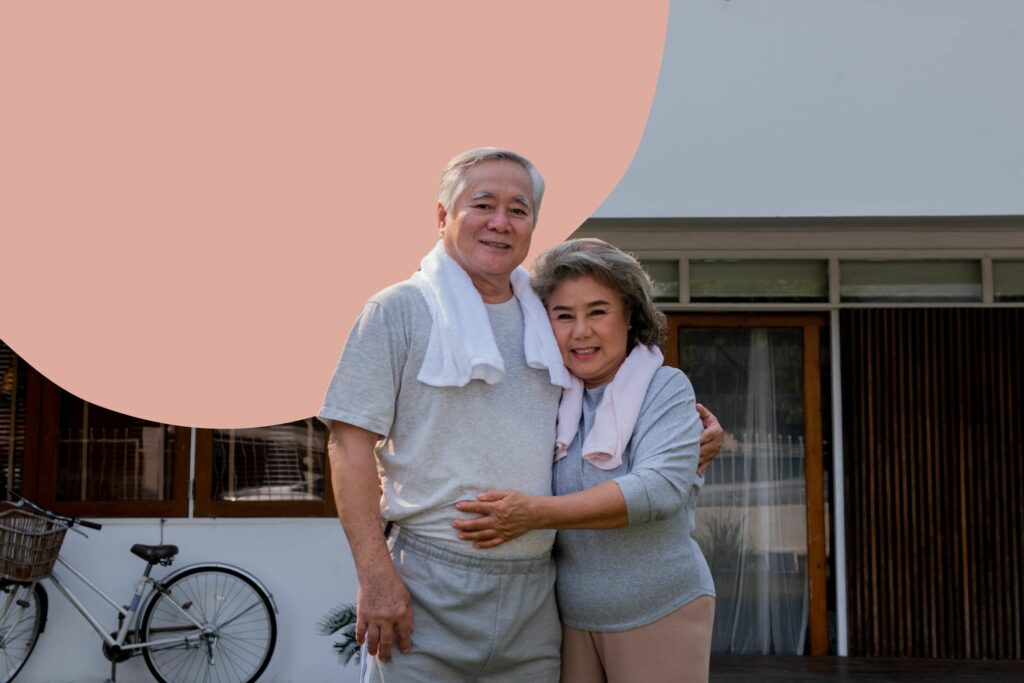
Indoor Bowling
While traditional bowling might not be practical during winter, indoor carpet bowling or similar adaptations can provide an excellent form of gentle exercise. This activity helps maintain hand-eye coordination, promotes social interaction if done with others, and requires controlled movement that exercises various muscle groups.
You can set up a simple indoor bowling area using soft balls and lightweight pins. The activity can be adapted to different mobility levels and can be done either standing or seated, making it accessible for most seniors.
The Bottom Line
Variety is the spice of life and the potential monotony of the next few months spent at home need not limit your exercise options. In fact, mixing up your routine is the best way to bring motivation, dedication and the desired results.
Remember to always start gently with any new exercise regime and consult your GP before beginning new activities. The key is to find activities you enjoy, as this will help you maintain a consistent routine throughout the winter months.
Do check out our tips on 6 IDEAL ways to help the elderly this winter for more of the same!





